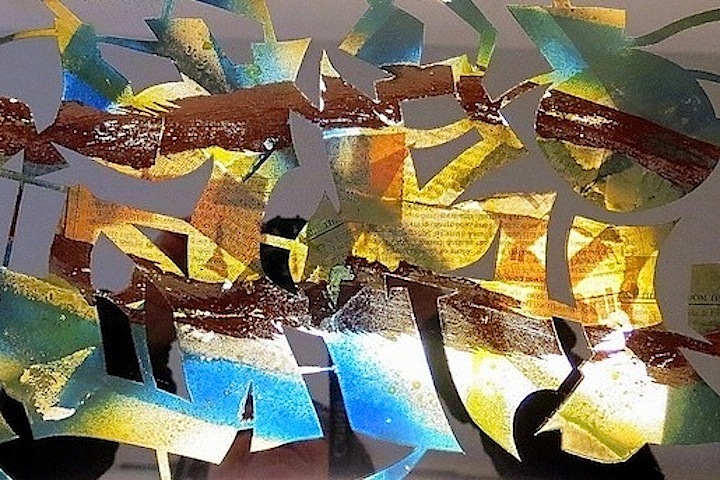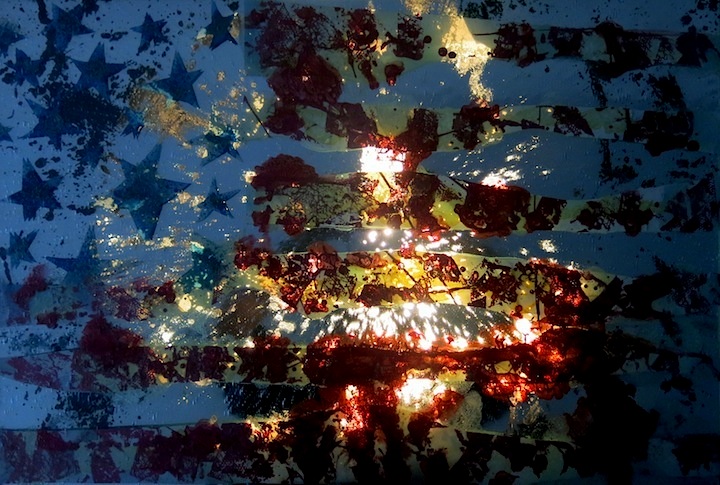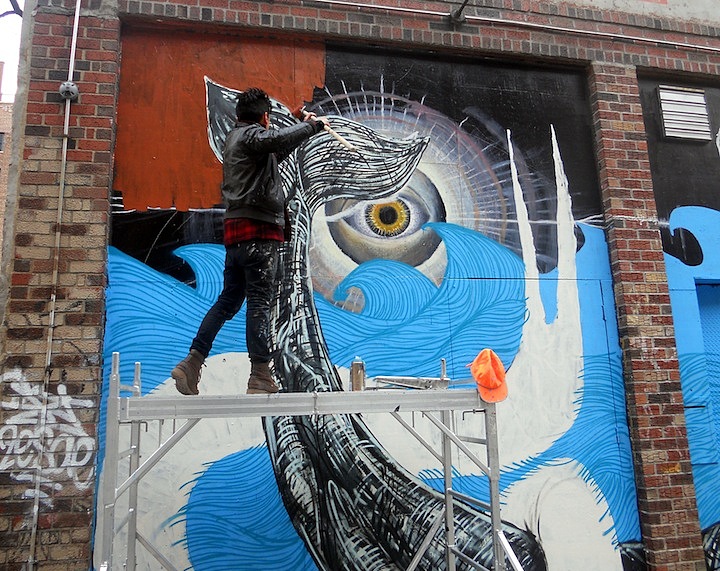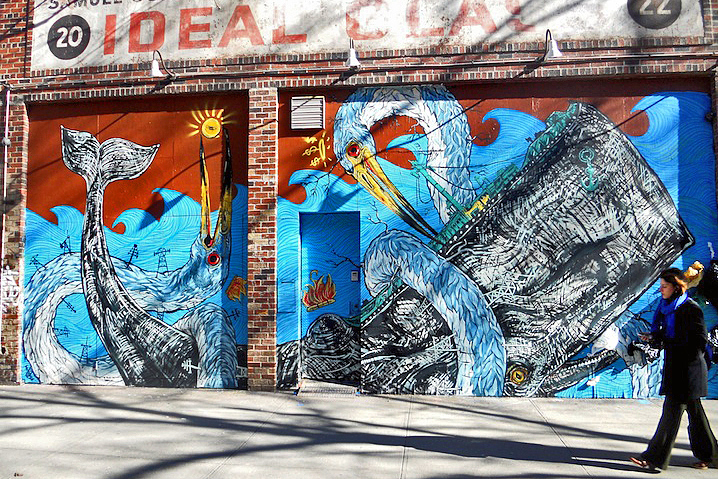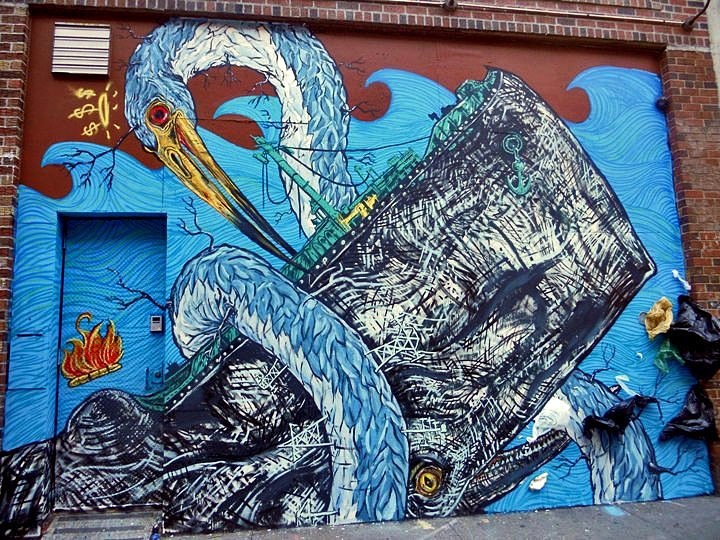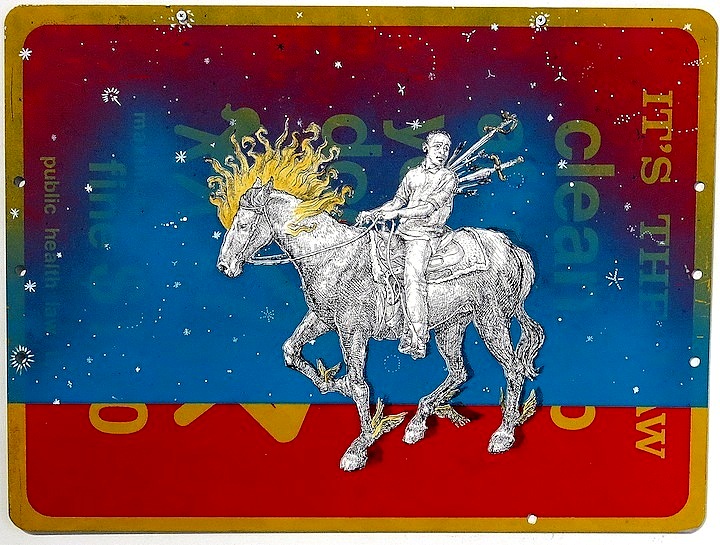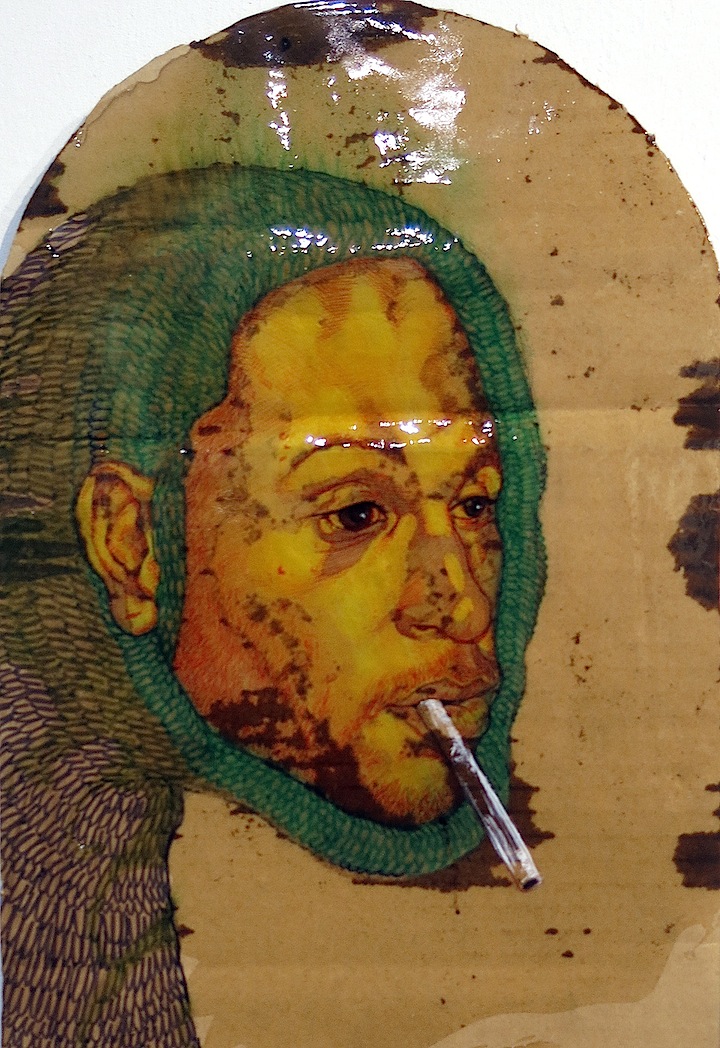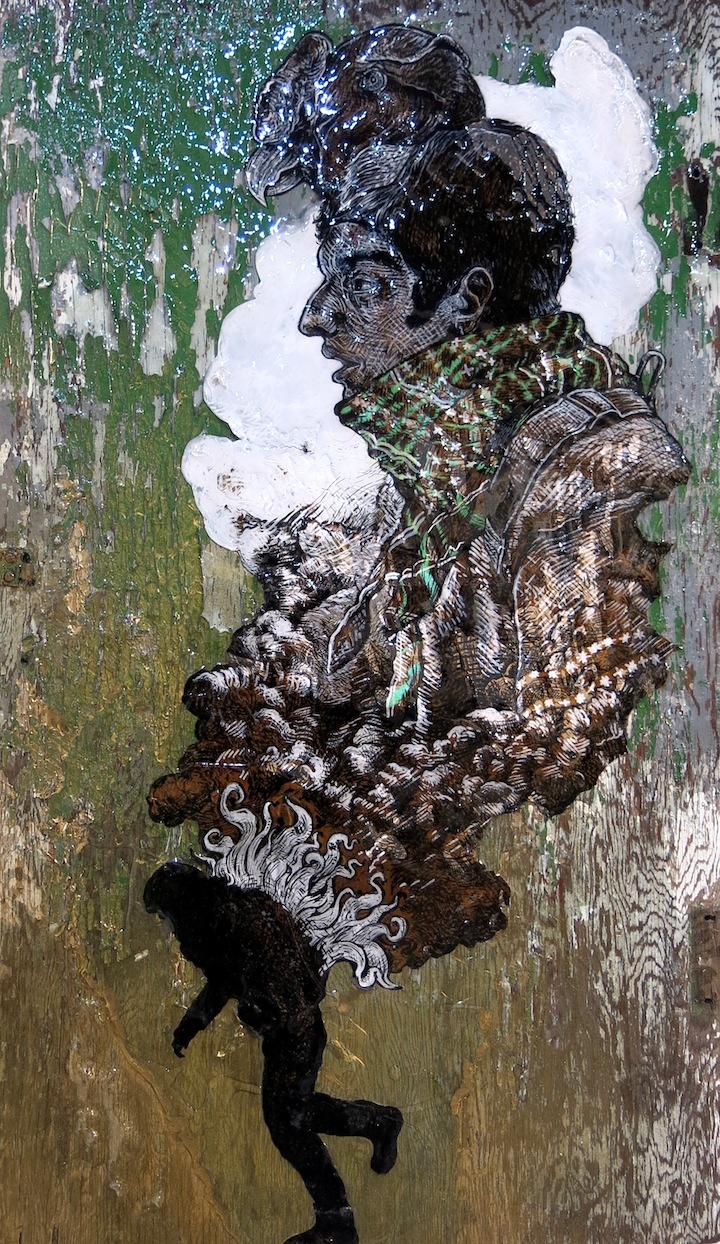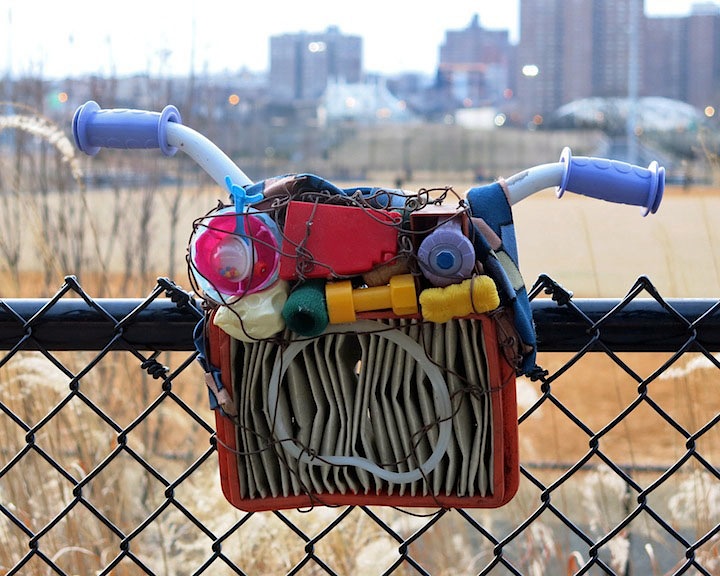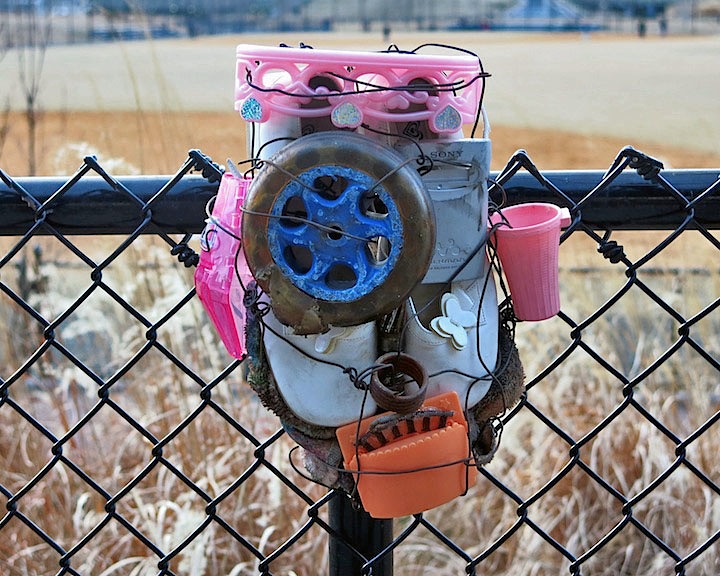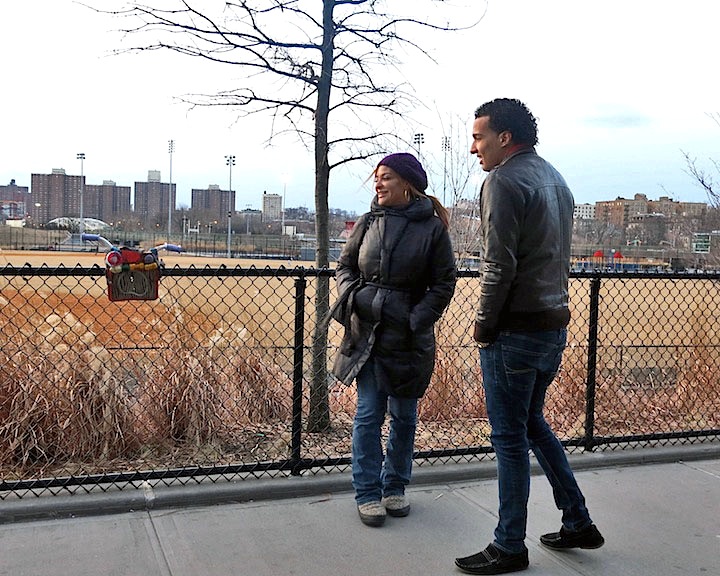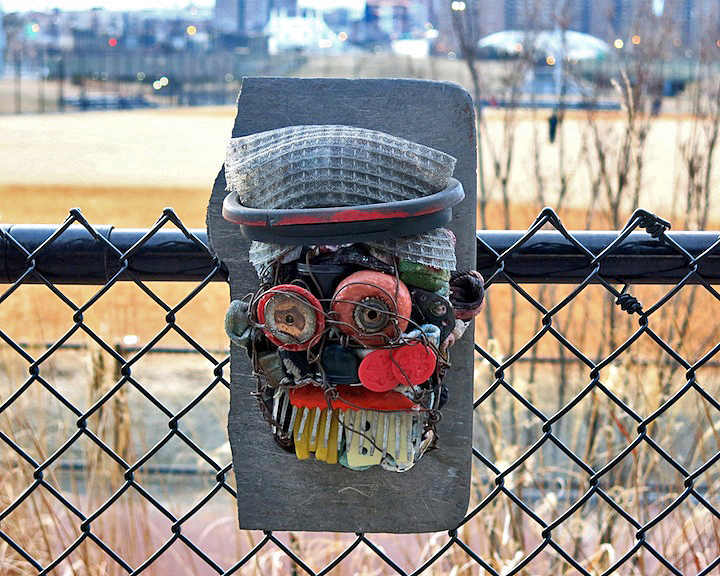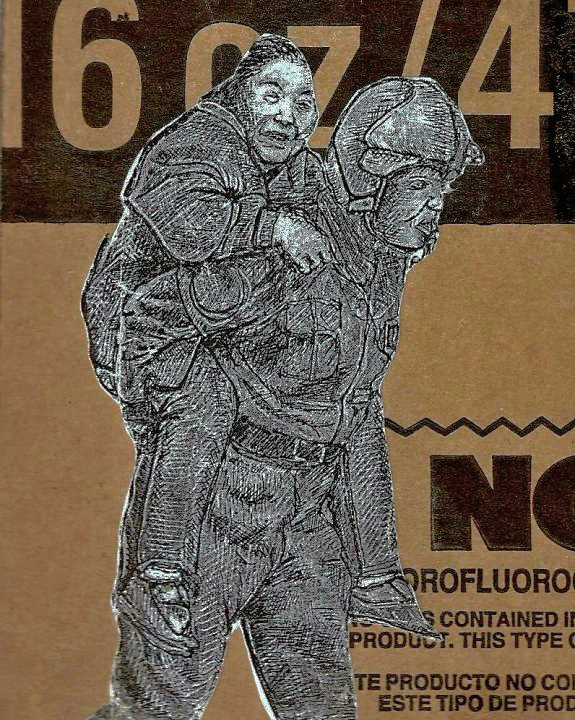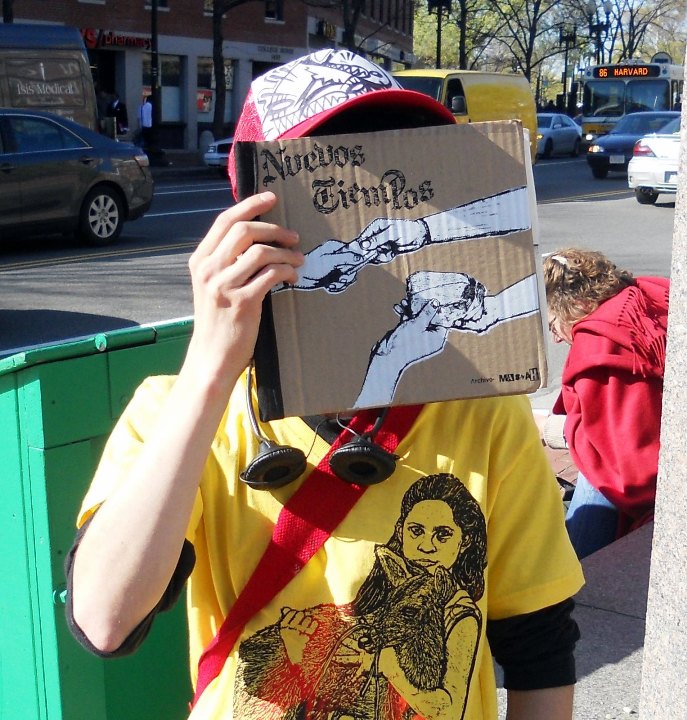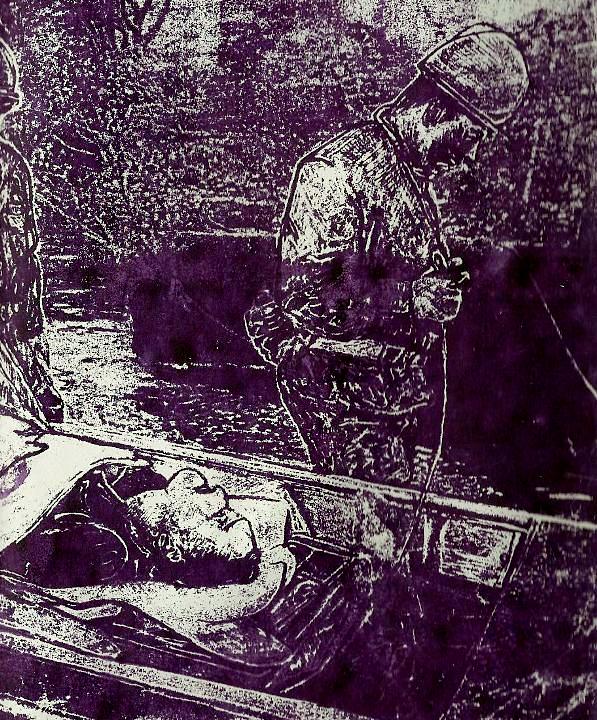A self-described “graffiti glass artist,” Zees speaks about his past ventures and his current project.
When did you first get into graffiti?
A little over ten years ago. I was about 10 when I started tagging War. But I needed to change names a few times to avoid the law. Eventually I found Zees.
What got you into it?
I grew up in West Orange, New Jersey, and I always saw graffiti on the highways when we drove anywhere. I liked what I saw.
Who are some of your favorite writers – the ones who inspire you?
The Italian writer, Zin aka Bes, Sen2, Dr. Sex and PK Kid.
Have you any memorable experiences from your early writing days?
I was in sixth grade when I got arrested for writing on a huge sprinkler house in a golf course on Essex County property. It was the first time I ever went on a “graffiti mission!”
What is the riskiest thing you ever did? And why?
Hanging at the end of a cliff on a two-inch platform about 400-500 feet in the air. It’s a prime spot off a highway. That’s why!
How did your mom take all this?
She didn’t like it – but these days she’s really happy with what I’m doing.
Could you tell us a bit about what you are doing these days?
I recycle pieces of mirrors, stained glass and assorted found materials into 3-D graffiti pieces.
That must be quite a process! How do you manage to find such an abundance of mirror and stained glass remnants?
They’re the leftover pieces that surface regularly from my uncle’s business, the Artique Glass Studio, in Glen Rock, New Jersey.
Wow! I’m glad they are getting put to such good use! Have you studied art on a formal level?
No. I’m self-taught. I’ve always been doing art of some kind as long as I can remember. But nothing has been as addictive as graffiti.
How do you feel about the movement of graffiti into galleries?
I think it’s great. Graffiti is a compulsive activity, and it gives us writers something to strive for. It offers talented graffiti writers the chance to get the recognition they deserve.
Any thoughts about the role of the Internet in all this?
I love it. I get to see what everyone else is doing.
How do you spend your time when you are not involved in your current project?
Skateboarding, making music and building stained-glass reptile cages.
What’s ahead?
I’d like to continue what I’m doing – mastering the techniques and producing high-quality work. I look forward, too, to seeing my work in galleries.
Zee’s first solo exhibit opens tomorrow evening, April 23, from 7-10pm at Sapphire Lounge, 249 Eldridge Street on Manhattan’s Lower East Side.
Photos by Dani Mozeson and Lois Stavsky
{ 0 comments }

